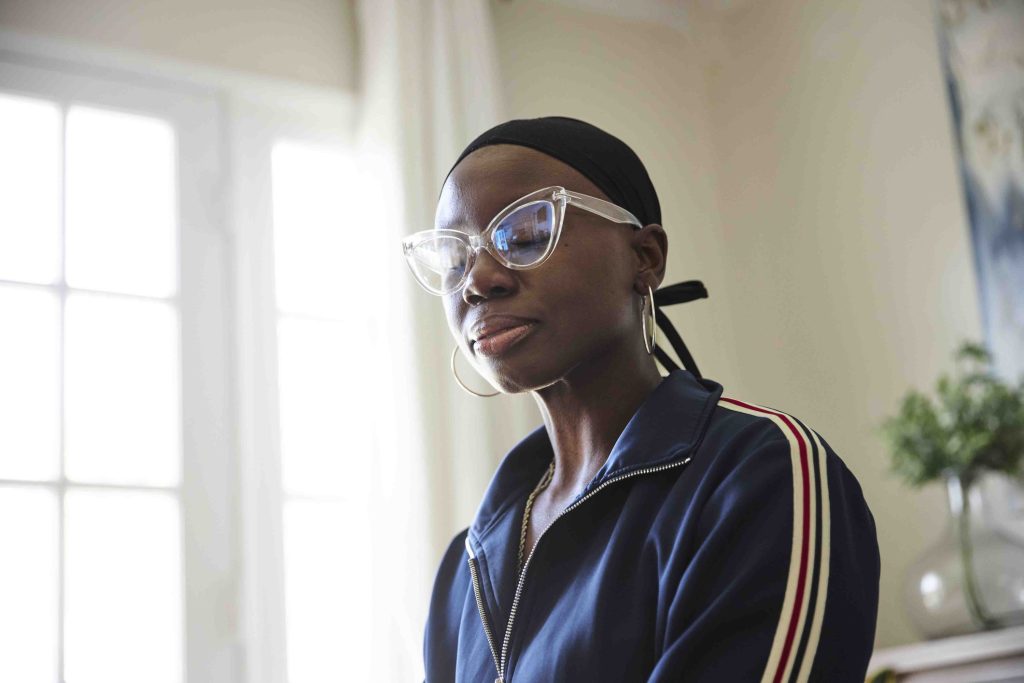Cancer is a word that stirs fear and concern, and with the growing awareness of its prevalence, many wonder: Do more people get cancer nowadays? While cancer rates have risen globally, it’s important to unpack this question with nuance. Factors such as population growth, aging, lifestyle changes, and advancements in early detection contribute to the perception that cancer is more common today. However, a simple yes or no doesn’t fully capture the reality; continue reading to find out if more people are truly receiving cancer diagnoses.
Rising Cancer Diagnoses: What the Numbers Say
Cancer diagnoses are on the rise, but this doesn’t necessarily mean the majority of people will develop it in their lifetime. According to online sources, cancer is a top leading cause of death globally, accounting for nearly 10 million deaths in 2020. While this is a significant portion, it still means that more than half of the population will not develop cancer.
The increase in cancer cases can partly be attributed to demographic shifts. As people live longer due to improvements in healthcare, they face a higher lifetime risk of developing diseases, including cancer. Age is one of the most significant risk factors for cancer, with the majority of cases occurring in individuals over 50. Thus, as global populations age, cancer diagnoses naturally increase.

Lifestyle Factors and Their Role in Cancer Risk
Modern lifestyles also play a role in cancer prevalence. Factors such as smoking, poor diet, physical inactivity, alcohol consumption, and exposure to environmental toxins can elevate cancer risk. The rise of processed foods, sedentary habits, and urban pollution has contributed to higher incidences of lifestyle-related cancers such as lung, colorectal, and breast cancer.
Obesity, in particular, has emerged as a significant risk factor. Studies show that being overweight or obese is linked to at least 13 types of cancer, including endometrial, esophageal, and kidney cancers.
However, it’s worth noting that lifestyle changes can also reduce cancer risk. Quitting smoking, maintaining a healthy weight, exercising regularly, and eating a balanced diet rich in fruits and vegetables are all steps that can lower the likelihood of developing cancer.

Advancements in Detection and Diagnosis
Another reason it seems like cancer is more common is the progress made in medical technology and cancer screening. Advances in imaging techniques, genetic testing, and early detection tools have enabled doctors to identify cancers at earlier stages when treatment is most effective. While this increase in diagnoses might appear alarming, it also reflects improved healthcare systems that allow for earlier intervention and better survival rates.
Screening programs for cancers such as breast, cervical, and colorectal have significantly improved outcomes, catching diseases before symptoms appear. As awareness campaigns encourage more people to get screened, more cases are identified, adding to the perception that cancer is becoming more widespread.

Cancer Survival Rates Are Improving
While the number of cancer diagnoses has increased, it’s equally important to highlight that survival rates have improved significantly. Advances in treatments, including immunotherapy, targeted therapies, and precision medicine, have transformed the outlook for many cancer patients.
Increased survival rates mean that more people are living with or beyond cancer, contributing to its visibility in society. Thanks to ongoing research and innovation, many types of cancer no longer guarantee death.

The Importance of Context
It’s easy to feel alarmed by the rising cancer statistics, but context is essential. Cancer remains a leading cause of death, but it’s not a universal inevitability. The lifetime risk of developing cancer depends on various factors, including age, genetics, lifestyle, and exposure to risk factors. While some factors are beyond our control, such as family history or environmental exposure, others, like diet and exercise, are modifiable.

What You Can Do
Reducing cancer risk doesn’t require perfection, but small, sustainable changes can make a difference. Avoiding tobacco, limiting alcohol consumption, staying active, and maintaining a healthy diet are proven strategies to lower cancer risk. Regular screenings and check-ups are also critical, especially for those with a family history of cancer.
It’s equally important to stay informed without succumbing to fear. Understanding the statistics and recognizing the advances in prevention, detection, and treatment can help demystify the disease and empower individuals to take proactive steps for their health.

Final Thoughts
So, do most people get cancer nowadays? The answer is no—while cancer rates are rising, the majority of people will not develop cancer in their lifetime. However, its prevalence is increasing due to factors such as aging populations, lifestyle choices, and improved detection methods. The good news is that cancer is more preventable and treatable than ever before. By staying informed and making healthy choices, individuals can reduce their risk and contribute to a brighter future in the fight against cancer.
